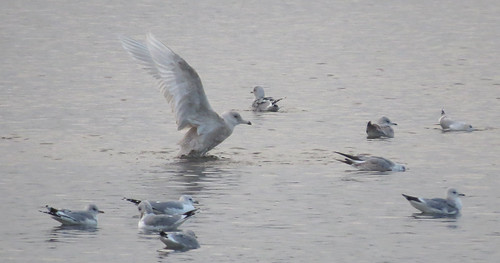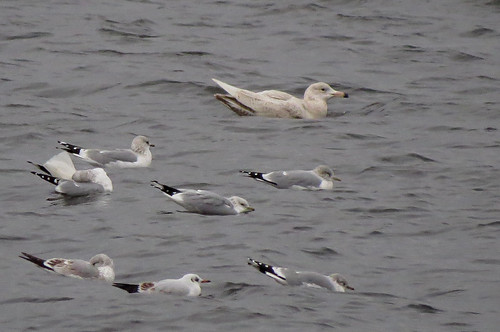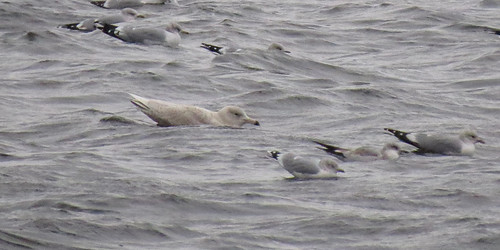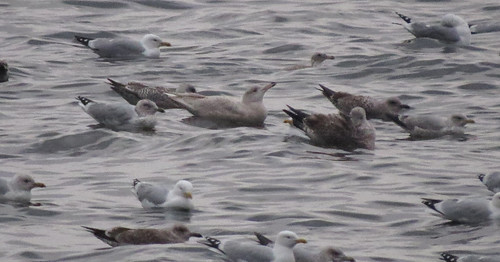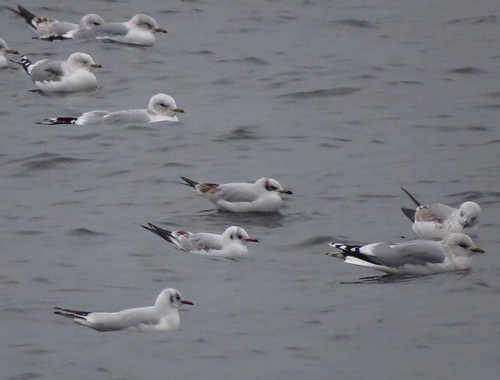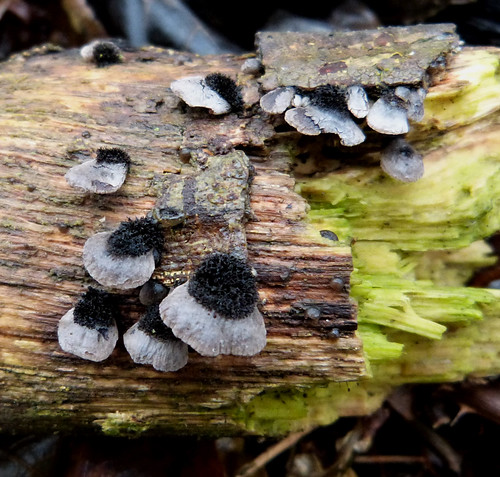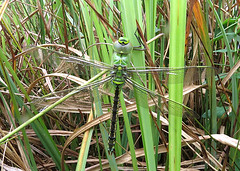The birds continue to arrive at Tophill Low NR in East Yorkshire, with February 4th seeing an arrival of geese in the form of 32 Russian White-fronted Geese Anser albifrons albifrons and 9 Tundra Bean Geese A. serrirostris rossicus with several Pink-footed Geese A. brachyrhynchus also in attendance amongst the large Greylag A. anser flock.
Add in the long-staying redhead Smew Mergellus albellus, a Goosander Mergus merganser and probably a second Long-tailed Duck Clangula hyemalis of the winter which appeared on the 5th, remaining until the 11th at least, Tophill is full of diversity. The Russian White-fronted Geese A. a. albifrons remained until the 10th at least, peaking at 34 on the 7th, though not all the flock proved to be visible at all times, and the Greylag A. anser flock fragmented from the 5th.
In keeping with Tophill Laridae history, the Glaucous Gull Larus hyberboreus seen on February 3rd predictably failed to reappear on the 4th. Still, it is the best year in site history!
So it came as something of a surprise when a 1st winter dropped onto D reservoir mid-afternoon on the 5th to the delight of many. A different one to the individual seen on the 3rd. It showed well for 30 minutes before flying east.
Site history is history… the statistics show patterns – one that jumps out is the maximum of 16 individuals recorded 1981-2010. So, already an unprecedented year for this species with 6, more likely 7 individuals recorded since the turn of the year. Almost half the total recorded in 29 years.
Mid-afternoon on the 10th, another 1st winter appeared on the reservoir in between the sleet and snow showers showing well for an hour, before disappearing around 4pm as conditions proved impossible to observe in, and was not seen again before darkness fell.
In keeping with Tophill history, this bird didn’t appear on the 11th – but another 1st winter did late on in the day, appearing smaller than the previous nights individual, especially in flight. Two in two nights… maybe 9 different individuals.
So on the afternoon of the 12th, could a brilliant year continue??? What appears to be another 1st winter dropped onto the reservoir late afternoon. No photos are available but the video taken seems to show it having a much larger, wider head compared to the birds on the 10th and 11th, with the colouration different to the bird on the 10th. Incredibly, this is probably the 10th individual since January 5th.
Tophill is a transit roost, there is no pattern to it, other than birds appear one night and gone the next, particularly the large Larids. Even if looked at conservatively, it is probably 8-10 individuals – the best year in Tophill history for this species since the reservoirs were built in 1959.
An immature Iceland Gull L. glaucoides also attended the roost in near darkness on the 12th – the last time both Iceland L. glaucoides and Glaucous L. hyberboreus were on D reservoir on the same evening was December 24th 2001. Another incredible day in Tophill’s long history.
Mediterranean Gull Ichthyaetus melanocephalus numbers dropped off between the 4th-12th, but several birds were present in the week, including the adult above and this small 1st winter below.
An adult Yellow-legged Gull L. michahellis roosted on the 9th – meaning nine species were recorded in a week. The Tophill test is 12 species of gull in a winter, but it is expected in a calendar year – 10 species have been recorded between January 7th and February 12th!!!
Disappointingly, the moth trapping season continues to be slow, with nothing taken at light so far in 2017, but careful searching has yielded several species in small number including Acrolepia autumnitella.
The fungi list continues to grow. Mycena flavoalba was new for the site list in January, photographed by Doug Fairweather who also discovered Resupinatus trichotis – another addition to the Tophill list.
For the latest from Tophill Low NR, check out the blog and twitter feed.


